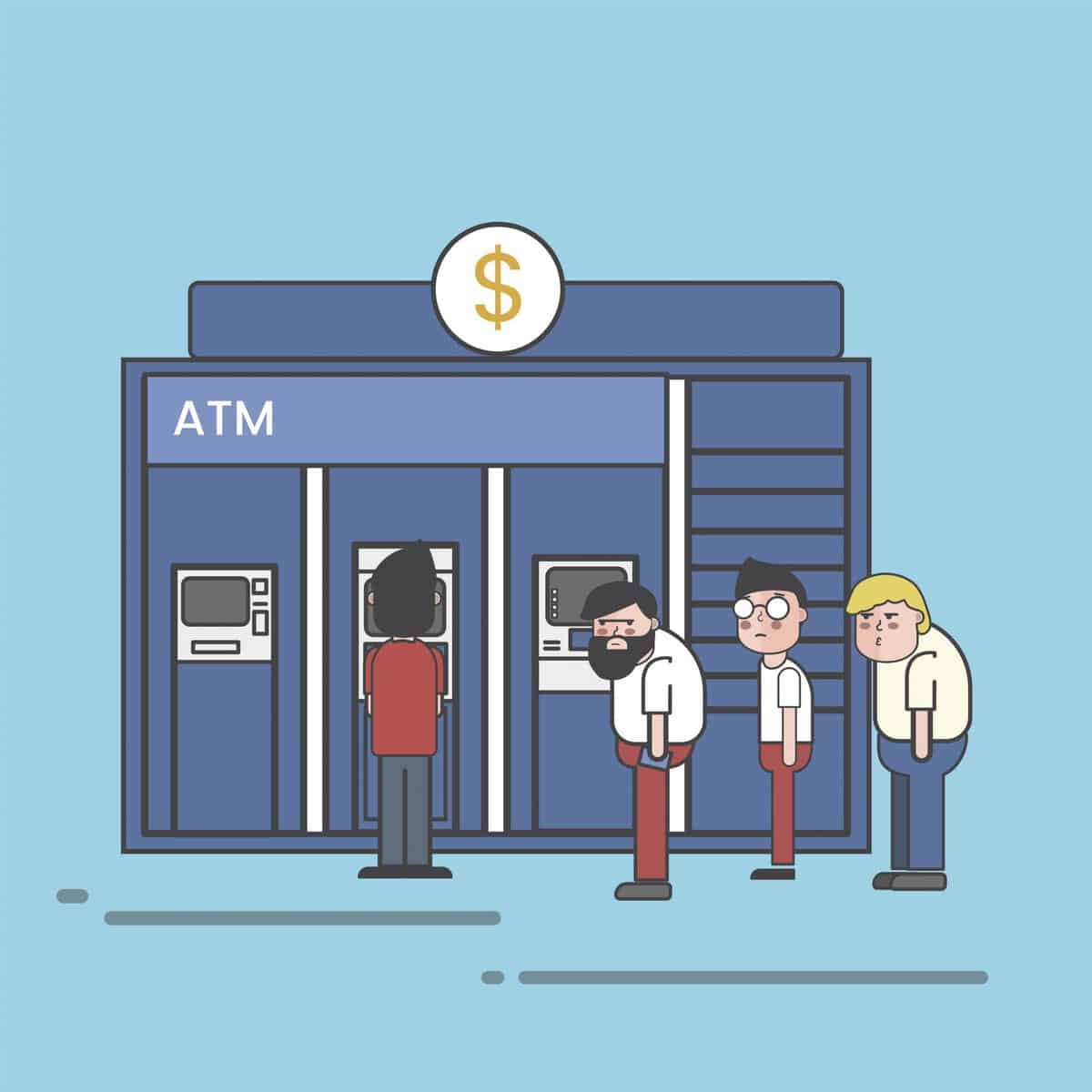Are you intending to take your first step into the world of credit cards? Before you succumb to pressure and sign up for any random credit card there is at roadshows at the shopping mall or MRT station, it pays learn about the basics of credit cards we have in Singapore and what they have to offer to potential cardholders like yourself. Read on ahead and you might just figure out which type of credit card is more suited for your needs and lifestyle inclinations.
1. Cashback credit card
As its name suggests, a cashback credit card gives you cash back on your spending. Think of it as a discount on practically all of your purchases. Some cashback credit cards are fuss-free to use in that it offers a flat rate cashback (e.g. 1.5%) on all your purchases with no minimum spend and no cap on how much cash back you can earn.
On the contrary, those cashback credit cards that offer enticing cashback rates (e.g. 5%, 6%, 8%) usually require you to spend a minimum amount per month, say $500, before you are eligible to earn cashback at those high rates.
2. Air Miles credit card
Air miles credit cards are exciting for those of us who dream of flying for free (or at least get access to seat upgrades without paying cold hard cash) with the help of air miles. Credit cards that reward you with air miles will let you transfer your miles to the frequent flyer programme you are enrolled in, though whether you are able to that or not greatly depends on the bank’s partnerships with airlines. Some banks tie up with a good number of airlines while others may only have a tiny selection available.
3. Rewards credit card
This may or may not be intuitive to you but cash back and air miles credit cards are also rewards credit cards – put simply, these give you rewards in the form of cash rebates and air miles respectively.
What’s more common amongst the credit card offerings across banks in Singapore are rewards credit cards tied to the bank’s own rewards programme. If you are someone who wants more flexibility in what you can do with your rewards, a rewards credit card could be one for you to consider since you can almost always redeem your points for things like merchandise, gifts, vouchers or even cashback and air miles!
4. Student credit card
Did you know that credit cards designed for tertiary students actually exist? These credit cards meant for tertiary students are pretty basic and are, of course, less rewarding that a standard credit card income-earning folks have access to. Student credit cards typically come with a credit limit of only $500 and they do not require that you earn any income.
5. Balance transfer credit card
There are balance transfer credit cards on the market that purely function as that, while some credit cards that let you earn rewards points, cashback, or miles also have this added balance transfer facility that users may benefit from.
Basically, the balance transfer facility lets you transfer your existing outstanding balance on a credit card to another credit card. Besides letting you consolidate several credit card balances under one single credit card, most often than not, you will be able to save quite a bit on interest payments if you take advantage of the introductory low interest rates the banks offer for a fixed amount of time, say 6 months.
Although there could be fees you are liable for when you engage in such balance transfer transactions, the amount of interest payments you end up paying could be way lesser than if you weren’t using the balance transfer facility. The key to making your debt repayment journey a tad more manageable is to ensure you pay off all your outstanding balances in full within the low interest timeframe offered by the bank.
About the Author

Led by a team with invaluable expertise across Singapore’s licensed moneylending, banking, and finance industries, CompareSing provides users with a streamlined yet informative experience at every step of their loan journey.


















